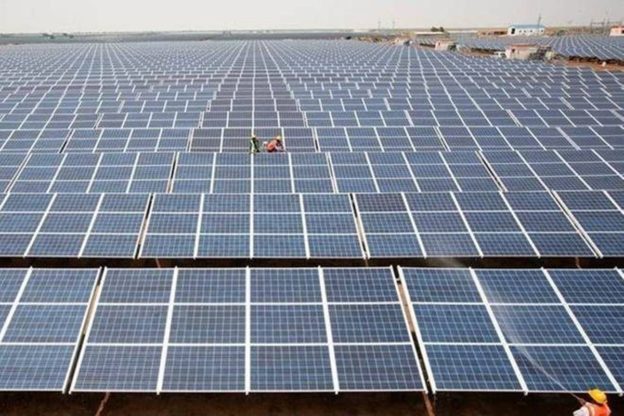As per the Central Electricity Authority, the installed power capacity is expected to increase to 800 GW by 2029-30 of which non-fossil fuel would be more than 500 GW.
A while back, India surpassed China to become the most populous country in the world with a headcount of more than 1.4 billion people. India is also the fastest-growing major economy in the world. The sustenance of this economic and demographic expansion is primarily dependent upon meeting the growing energy requirement. Indian Government is focused on increasing the contribution of renewable energy sources with an objective of becoming net-zero economy by 2070. The Government of India has updated the Nationally Determined Contributions and targets to achieve ~50% cumulative electric power installed capacity from non-fossil fuel-based energy resources by 2030.
As per the Central Electricity Authority, the installed power capacity is expected to increase to 800 GW by 2029-30 of which non-fossil fuel would be more than 500 GW. Solar power is expected to account for a major chunk with a capacity of more than 270 GW. The government has also announced the PLI scheme to bring the solar manufacturing value chain to India. In the backdrop of policy support, the solar sector is witnessing active participation from the investor community in India and abroad.
The investor community globally has become climate conscious. Post the Paris Accord, there has been an increase in sustainable financing taxonomies. These investment frameworks help investors identify activities that contribute to sustainable goals. Sustainability has also emerged as a criterion to filter out investments. Most large pension funds, endowments, and private equity funds follow sustainability-based investments. This has resulted in higher flows into renewables compared to fossil fuels. Renewables are still enjoying the midnight sun despite funding winter in the global economy amid tightening liquidity conditions. As per Renewables 2022 Global Status Report, global new investment in renewable power and fuels stood at USD 366 billion in 2021 and solar PV accounted for 56% of the total. India followed the trend as the total new investment in renewables stood at USD 11.3 billion in and solar PV accounted for ~66%.
Also read: Removing barriers to solar power installation
Raising money for solar
The Solar PV sector in India offers an attractive business proposition as cash flows from such assets can be predicted with a higher degree of certainty than the traditional infrastructure projects. Additionally, the offtake risks can be managed through long-term PPAs with PSUs and highly rated corporates. These projects offer value to both fixed-income as well as equity investors. On the debt side, power sector-focused financing institutions, domestic banks, and NBFCs find the sector attractive for term lending opportunities. Renewable energy projects in general and solar plants in particular offer a unique proposition to lenders as they have a smaller gestation period, lower execution risks, government policy support, and long-term offtake arrangements. Multilateral development financial institutions have specialised financial schemes to support the solar sector such as the grid-connected solar rooftop program by World Bank and solar rooftop investment program by Asian Development Bank.
The green bond market is another avenue through which solar plants can raise money. The concept is quite popular in developed markets; however, it is also gaining traction in India. As per SEBI’s data on green debt issuance, till September 2022, 15 Indian entities have issued green bonds raising more than 4,500 crores and many of these are from renewable energy sector especially solar PV generators or financers. The Government of India has also announced issuance of sovereign green bonds which will provide impetus to renewable energy projects undertaken by public sector. There are also structures such as infrastructure investment trust which can be used to monetise operational solar PV assets.
For Equity, Indian PV space witnessed interest from both financial and strategic investors. Financial investors such as sovereign wealth funds, pension funds and private equity funds flock to solar PV sector for securing long-term returns riding the energy transition theme. Strategic investors such as oil and gas companies, and thermal power generators view solar PV as an extension to their existing business and a path to maintain their leadership in the fossil-free energy sector of future. Indian solar PV space witnessed multiple deals in past 2 years involving strategic partnerships, buyouts, and sale of portfolio assets. Additionally, global multinational corporations are investing heavily in the Indian solar sector to decarbonise their operational footprint to achieve net-zero targets.
The solar PV sector in India has a long runway of growth underpinned by global energy transition theme, climate sensitive and sustainable investment frameworks, regulatory support from government and favourable economic and demographic factors. The solar sector is likely to remain a preferred pick of domestic and international investors within the broader renewable energy space in India.
https://www.financialexpress.com/industry/solar-pv-sector-in-india-is-becoming-a-preferred-destination-for-investors/3161708/





